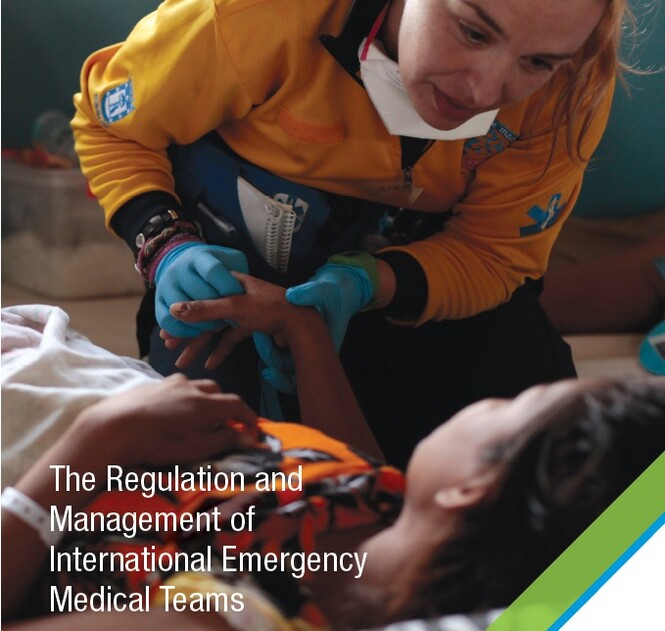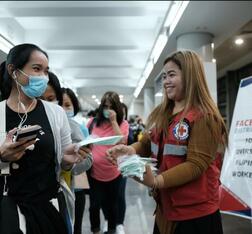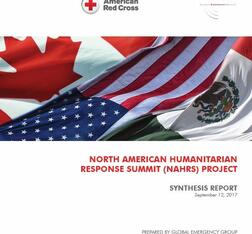
The report provides an overview of the issues in regulating and managing international emergency medical teams (also known as ‘EMTs’) in a range of large and small-scale sudden onset disasters. With the support of the WHO’s EMT initiative and the IFRC’s Disaster Law Programme, this report collates information about EMT response issues and identifies best practices and provides recommendations on how to reduce potential harm and enhance the positive aspects of EMT deployment in disasters. Inputs from a range of actors in this area have been included, outlining experiences from various EMT response operations including Cyclone Pam in Vanuatu in 2015, the Ebola outbreak in West Africa, the Nepal earthquake in 2015 and the Ecuador earthquake in 2016.
The recommendations from the report include the need for reducing the competence gap among EMTs. While the expertise and professionalism of well-established EMT providers is improving, unprepared and poorly equipped teams continue to surface during response efforts. The result being that the multiplying number of sources for EMTs is becoming increasingly overwhelming for the affected countries. It was also found that national preparedness to facilitate the entry and coordination of the EMTs during disaster response was essential. To achieve this, it is crucial for national authorities to put in place relevant laws, rules and procedures to provide an enabling environment.
The IFRC continues to support the efforts of National Societies and key partners, like WHO, to assist governments to develop the necessary regulatory procedures and, more importantly, ensure that they are well-understood and effectively implemented before any disaster strikes. Without the right rules and procedures to regulate these increasingly complex contexts, it can be challenging to ensure that emergency medical teams are well-coordinated, that they effectively support national and local efforts, and meet the medical needs of the affected population.


